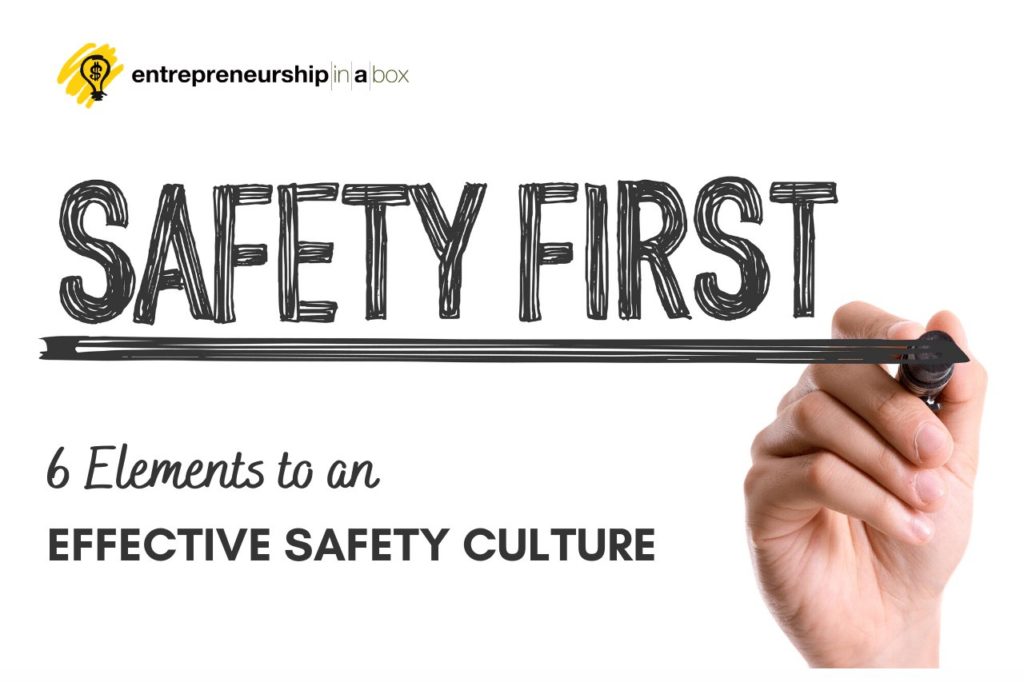Accidents that happen to workers while they are on the job can have a profound effect on your business. Financially the effects of medical bills, workers comp claims or lost productivity can directly impact the bottom line.
Repeated injuries or hazardous situations can portray to employees, customers, and others that the company doesn’t take well-being seriously enough. However, creating a robust safety culture in your facility is not something that occurs overnight. It takes planning and dedication from all levels of the organization. Below are several elements to any beneficial health and safety program.
Management Commitment
No safety program will be very valuable without the backing of executive management. There needs to be a commitment to providing the resources and infrastructure necessary for success. The management level is where overarching policies are discussed and set. The leadership team needs to make safety part of core organizational values and reported metrics. Without this support and guidance, it will be difficult to keep the program on a steady course.
Initial Training
Even if hired employees have come from similar industries or facilities there is no guarantee that they were properly trained there either. They also have not been made aware of your company’s specific policies. Expecting them to pick this up along the way is risky to all parties. All new workers should be trained to a specific – and preferably documented – program that outlines the major safety policy. Then they can progress to learning about the specific hazards and nuances of the job they are going to perform.
Recurring Training
Once someone has been trained then they also need reminders and reinforcement. Not only does knowledge fade over time, but in some positions, safety is an evolving process. Setting up structured and accountable training on a recurring basis ensures that procedures are kept in the forefront of everyone’s mind. A series of video tutorials is one way to provide consistent detail without constantly tying up supervisors or other resources.
Risk Awareness
Formal training every now and then isn’t always enough. Having constant visual reminders presented to workers is a great way to increase awareness. This can be presented by covering numerous topics from general safety to specific hazards and proper practices. A simple way to accomplish this is through the use of an accident prevention safety poster. They are relatively economical, easy to install, and can be placed just about anywhere.
Involvement of Everyone
Telling people what to do lays a solid foundation but involving them truly builds a safe corporate culture. One of the best ways to do this is through the use of incident reporting software. Employees can self-report potential hazards and they can then be directed to the teams that need to respond adequately. It is important to promote this as a tool for improvement and prevention. Using it as a mechanism for disciplinary action can make workers hesitant to truthfully report what they see.
📖 More similar articles
Auditing
There is no way to tell what needs improving without knowing what is wrong. Waiting for an accident to happen is reactionary and not the best policy. Implementing a series of safety audits throughout your facility can help uncover potential issues before they become a full-fledged incident. This is also another way to get everyone involved. Create teams to go to different areas and observe others. These can be made up of peers, supervisors, and even executives. Make sure the results are reported so everyone can be aware and discuss them.
Implementing all of these practices does not guarantee that no accidents or injuries will occur. Everyone must play a role in doing their part to make that happen. What it will do is increase knowledge and awareness which are ultimately the keys to the prevention of incidents.



